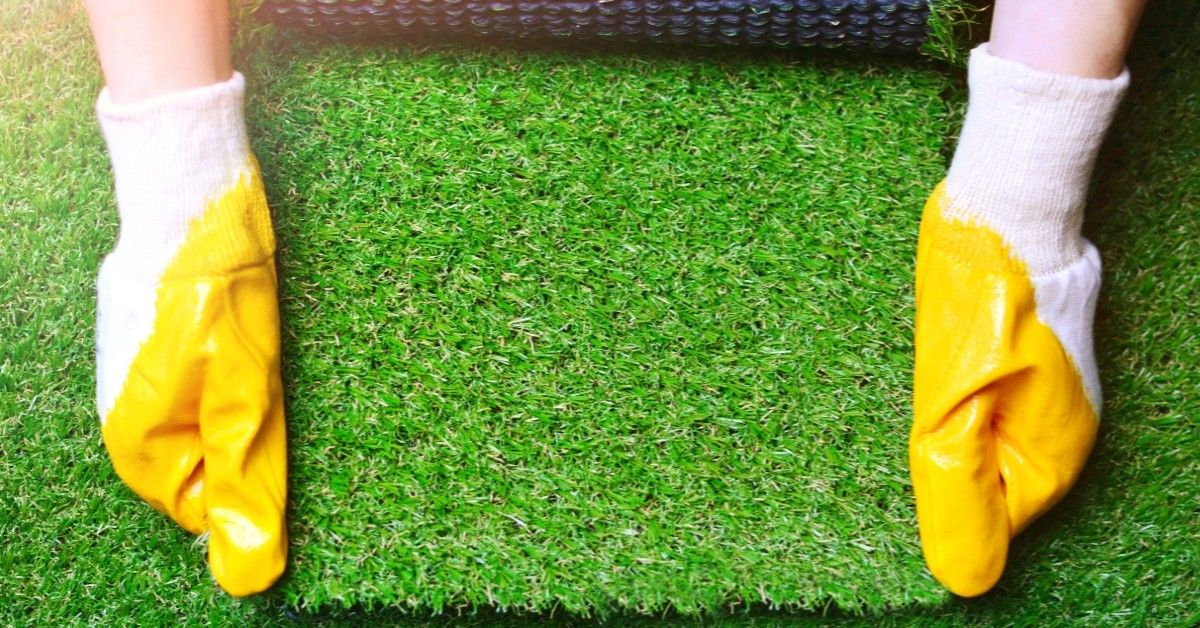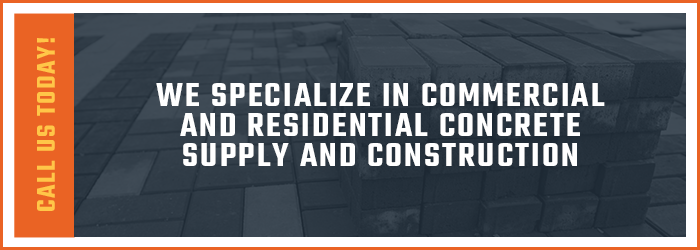Prepare the Area
The first step to laying artificial turf is to prepare the ground. You'll want to make sure there are no underground hazards, such as pipes, sprinkler systems, or electrical lines close to the surface. You may need to add drainage pipes for when it rains. You'll want to remove all the weeds at least two weeks before you install artificial turf, as well as the top layer of soil.
Lay the Base
Artificial turf sits on a base material. This can be stone, gravel, crushed rock, or other small rocks. Spread sand on top of the rock to fill in the gaps and make a smooth surface. Then you'll want to compress the stones to make sure there is little space for them to move. This ensures the entire area is even.
Lay Your Artificial Grass
You'll want to try to line up your turf to match any natural grass so it looks natural. This means make sure the blades are facing the same direction. Roll out your artificial turf on a separate area, and cut it to the desired length. Cut a bit extra just to be safe. Then place the turf on the area where it is to be installed. Shake it lightly so no air is trapped beneath it, and don't drag it on the surface as you might mess it up. You'll definitely need a couple of people for this step.
Place Your Turf Carefully
You can use a carpet stretcher to ensure there are no wrinkles. You'll want to seam your artificial turf pieces together, and then lay out your seam tape. This is placed under the corners to help hold them down. Next, you stitch your turf pieces together and apply pressure, either by stepping on it or using heavy rocks.
Nail and Spike Your Turf in Place
Finally, you'll nail your turf into place every few inches and then use stakes to help fasten it along the perimeters and the seams as well. Afterward, you'll want to cut away any excess turf, groom, and you're done!


